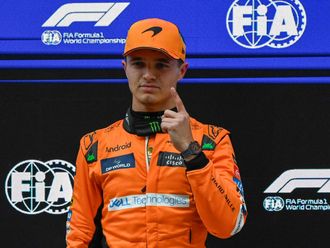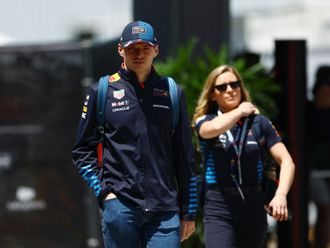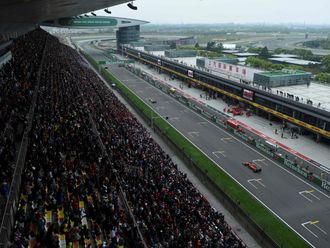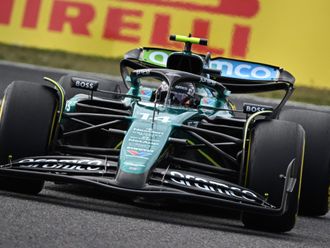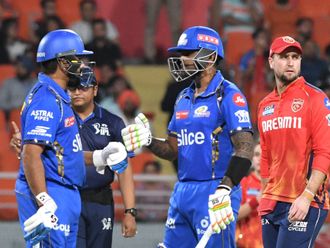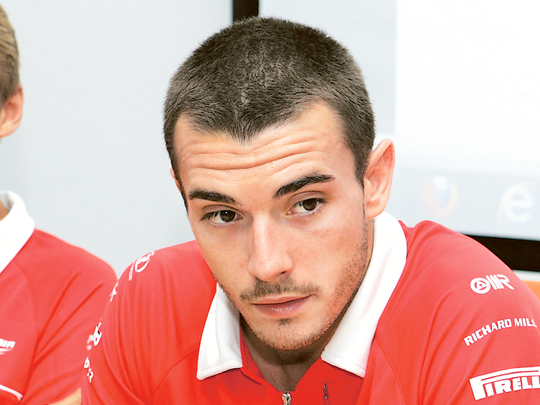
Jules Bianchi tragically succumbed to his injuries some nine months after his crash at the Japanese Grand Prix in 2014. He was aged 25.
It is the first fatality at an F1 Grand Prix since that dreadful weekend at Imola in 1994, where the sport lost both Roland Ratzenburger and the great Ayrton Senna in a single weekend.
Jules Bianchi came from a family with a rich history in motorsport dating back to his great-grandfather in the 1930s.
Jules started racing karts in 1999 at the age of 10, winning several domestic and European titles in what was a very successful career. In 2007 he moved from karting to single-seater cars, starting in French Formula Renault 2.0. His first year in Formula Renault was a success; he was crowned champion after scoring five wins.
His first car title drew him a lot of attention, and for 2008 he was signed up by ART to race in European Formula 3. Another successful season followed when he finished the season in third place overall.
He remained with ART in European Formula 3 for 2009, and his talents attracted the attention of the F1 circus. He scored a superb eight race wins, winning the championship with a round to spare, before winning the final race for good measure, taking his tally to nine wins.
Graduation to GP2 – F1’s feeder series – followed in 2010, again with ART. However the year didn’t go as planned. He injured his lower back in a crash at the Hungaroring in Hungary. At the time he was fourth in the championship, but made a remarkable recovery to continue the season.
In 2011 he scored a raft of points and would finish third in the championship.
Jules had been linked to various F1 teams since 2009, having taken part in several Young Driver tests with Ferrari. He impressed the Maranello squad so much so that he became the first recruit to join the Ferrari Driver Academy – a connection that would eventually see him land the Marussia Drive.
In 2012, Ferrari loaned him to Force India as a reserve driver, in which he took part in nine Friday practice sessions. At the same time, so as to keep himself sharp, he raced in Formula Renault 3.5.
His big break into the sport came in 2013, with Marussia (now Manor) at the expense of Luiz Razia – who was dropped before the season had even started due to contractual issues. Jules showed his abilities right from the start by overtaking Torro Rosso’s Daniel Ricciardo and Lotus’s Pastor Maldonado in his woefully underpowered Marussia. He would finish 15th on his debut, far out-driving the machinery.
Jules constantly had the upper-hand over his teammate, Max Chilton, and always appeared to be outperforming his equipment, impressing both his team bosses and those at Ferrari.
His greatest moment in the sport came at the Monaco Grand Prix in 2014. Against the odds, the young Frenchman would come home in ninth place to score two valuable World Championship points – on merit, it should be said. Not only were they his first points, but also the first points for the Marussia team. The money that Marussia received for those points helped keep the team financially alive after they went into administration later that year.
Then came the Japanese Grand Prix in October. He crashed into a recovery crane near the end of the race under double-waved yellow flags – the most extreme caution flag before a race stoppage – in wet weather and in fading light. The accident had left him in a coma.
Jules is survived by his parents, Philippe and Christine, and his siblings, Melanie and Tom.
In the aftermath of Jules’ crash, the FIA introduced the Virtual Safety Car. This enforces all drivers to drive at a set, pre-determined speed, rather than leave it up to the individual driver. The aim is to avoid a repeat of what happened in Japan.


